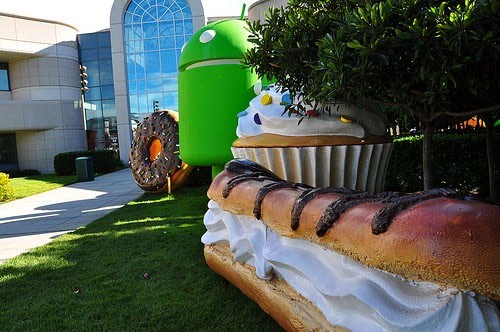Robin, a Google employee that answers questions in the Google Mobile Forum, posted an interesting response:
"Keep in mind that part of the impetus for the Android foray in the first place was to get mobile OS development moving more rapidly. So here we are, with rapid iterations (multiple OS upgrades in under a year!) and yes, some growing pains. As devices gain more and more capability, I'd imagine we'll continue to develop features that take advantage of the latest and greatest. As much as we can, we'll adapt for older OS versions as well - which is why we're also pushing web apps that can cross platforms (and yes, I agree that it's awkward that this web app [Google Buzz for mobile] doesn't work seamlessly across all Android-powered devices, but we're working on it asap! I swear!)."
While it's a good idea to take advantage of the "latest and greatest" features, users that bought a phone six months ago should be able to use an application released last month, even if not all the features are available. Everyone should be able to update to the latest version of the operating system, especially if Android releases multiple major upgrades in a few months.
Mkibrick posted a wise comment when Google announced that Google Earth is available for Android: "Don't say something is available for "Android" when it is only available for a single phone. You'll just confuse and anger your customers." Google Earth is available for Android, but it requires Android 2.1, which is limited to Nexus One, at least for now.
While carriers and hardware manufactures could be blamed for the slow migration to the latest Android versions, Google could update important software components like the browser independently from the operating system.

Photo licensed as Creative Commons by scorche.
No comments:
Post a Comment